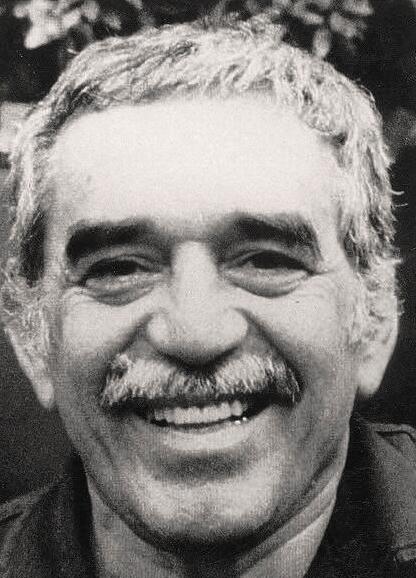The actual Colombian literature begins only after the liberation from Spain in 1819. The poetry was nationally romantic, as in most newly formed South American states at the time.
Two prominent poets from this period are José Eusebio Caro and Julio Arboleda, both influenced by Victor Hugo and George Gordon Byron. Within the prose poetry, Jorge Isaacs is distinguished by his idyllic-romantic María (1867). A popular poet is Gregorio Gutiérrez González, who sings about the natural beauty of his fatherland. José Asunción Silva (1865–1896) is considered a precursor to the “modernist” movement. Under the influence of Heinrich Heine, Edgar Allan Poe and the French symbolists, he wrote his melancholy Nocturnos. Among the Colombian writers who started the “modernist” movement are the lyricist Guillermo Valencia and the essayist Baldomero Sanín Cano.
Among the most prominent novelists are the realist Tomás Carrasquilla, author of La marquesa de Yolombó (1926), and, above all, José Eustasio Rivera with La vorágine (1924), which depicts the life of rubber tappets in Colombia’s primeval forest. Eduardo Caballero Calderón has made his mark with the novel El Cristo de espaldas (1952). José Antonio Osorio Lizarazo has provided naturalistic depictions of human humiliation. Hernando Téllez is known for his realistic short stories, while Manuel Mejía Vallejo (1923–1998) is a regionalist in his socially critical novels.Gabriel García Márquez, arguably one of Colombia’s foremost writers, is best known for the novel Hundred Years of Solitude published in 1967 (Original title: Cien años de soledad. Norwegian translation from 1970). He was awarded the Nobel Prize in 1982. Among younger novelists are Gustavo Álvarez Gardeazábal and Fanny Buitrago (both born in 1945), Evelio Rosero Diago (born in 1958) and Santiago Gamboa (born in 1965).
Within the lyric, Porfirio Barba Jacob (pseudonym of Miguel Angel Osorio) is considered to be the “modernist” movement’s offenders, while León de Greiff and Germán Pardo García are among the avant-garde poets of the interwar period. In 1939, the lyricist group Piedra y cielo emerged, including Eduardo Carranza and the metaphysically oriented Jorge Rojas. In 1957, Gonzalo Arango started the “nadaísmo” movement, which attracted many followers, including William Agudelo, who later became Nicaraguan Ernesto Cardenal’s co-worker. Among the playwrights Antonio Alvarez Lleras (1892–1956), Luis Enrique Osorio (1896–1966) and Enrique Buenaventura (1925–2003) have made a special note. Germán Arciniegas (1900–1999) was a prominent essayist.
Finally, mention should be made of two significant Colombian critics and linguists, Miguel Antonio Caro (1843-1909) and Rufino José Cuervo (1842-1911), who together have exerted a great influence on Spanish linguistics. The Colombian institute Caro y Cuervo continues their work.
Gabriel García Márquez, arguably one of Colombia’s foremost writers, is best known for the novel Hundred Years of Solitude published in 1967.
